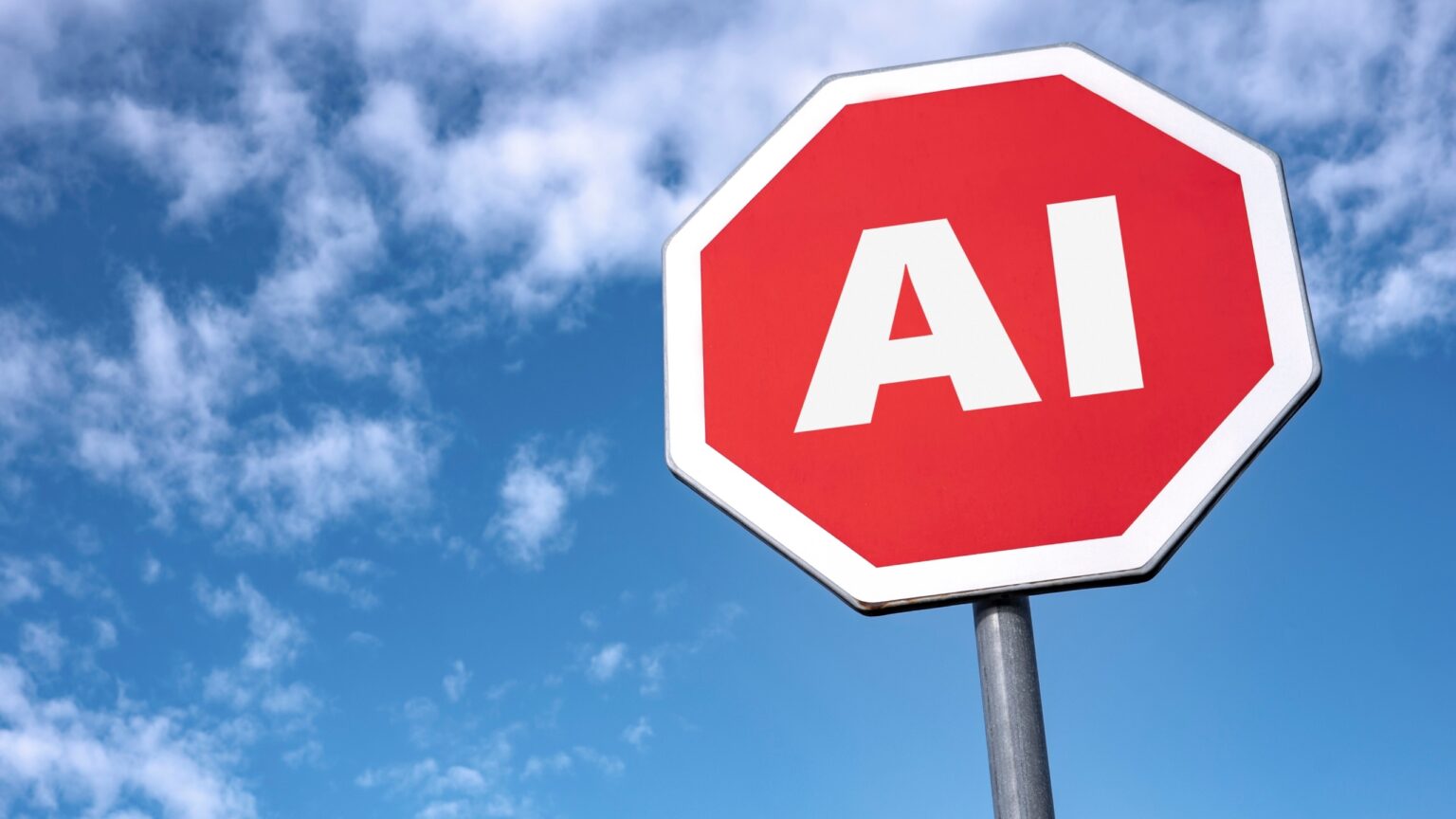As the rapid surge of artificial intelligence (AI) continues globally, China has signaled a pivotal move to fortify its stance on training generative AI models.
Due to the world’s increasing dependence on AI, China’s new directives have captured international attention and underscored the escalating emphasis on AI’s safety and data security.
Decoding China’s AI Blueprint
Last week, the National Information Security Standardization Committee, a blend of critical figures from several Chinese regulatory bodies, brought forth new proposals for AI model training. Besides clarifying China’s vision for AI, these guidelines draw parallels to the achievements of renowned models like OpenAI’s ChatGPT, which transform vast historical data reservoirs into fresh, dynamic content spanning from text to intricate images.
Chinese IT giants including Baidu, Alibaba and Tencent have all released their own generative AI tools. So how do they stack up against OpenAI’s ChatGPT? pic.twitter.com/fWpLzEwNPX
— South China Morning Post (@SCMPNews) October 8, 2023
Significantly, the committee’s recommendations lean heavily towards a comprehensive security evaluation for the content that fuels public-facing generative AI models. Moreover, any content that harbors more than 5% of what is deemed harmful or unlawful, encompassing advocacy for terrorism, subversion, or actions undermining China’s national unity, is now flagged for potential blacklisting.
Consequently, a crucial directive is that data, which faces censorship in the Chinese digital landscape, should be bypassed as training material for these models. This pivotal move came on the heels of green signals from regulatory entities allowing tech juggernauts like Baidu to unleash their generative AI chat interfaces to the broader public.
However, these changes have been afoot for some time. Since April, the Cyberspace Administration of China has consistently underscored its expectation for businesses to undergo rigorous security evaluations before launching AI-driven services. A silver lining appeared by July, when a set of comparatively lenient guidelines, overshadowing the stringent ones from April, were introduced.
Evolving Landscapes and Shared Challenges
As AI continues its relentless march, nations are caught in a whirlwind of challenges, trying to erect suitable regulatory pillars for this groundbreaking technology. In its pursuit of technological supremacy, China has thrown down the gauntlet, aspiring to match the U.S. stride for stride and envisioning itself as a global AI beacon by 2030’s dawn.
China has also issued a rallying cry for all generative AI tools to be subject to obligatory security checks before being released to the public. This cry encompasses AI marvels like Baidu’s “Ernie,” which has been pitted against the prowess of OpenAI’s ChatGPT.
However, the AI tapestry is vast and varied. For instance, Japan recently warmed up to OpenAI’s ChatGPT, hinting at a potential amalgamation of such technology within its bureaucratic machinery. In contrast, countries like Italy have trodden a path of caution, momentarily pulling the plug on ChatGPT following security breaches.
Across the Pacific, U.S. President Joe Biden is meticulously evaluating the multifaceted repercussions of AI on society, the economy, and national security. Furthermore, whispers from the corridors of power suggest that the U.S. might introduce stringent measures to deter Chinese developers from indirectly accessing U.S.-crafted AI semiconductor chips.
The Biden administration is considering closing a loophole that gives Chinese companies access to American artificial intelligence (AI) chips through units located overseas, according to four people familiar with the matter.
— Markets Today (@marketsday) October 13, 2023
The AI journey is a fascinating blend of promise and challenges. As this technology redefines global paradigms, the interplay of regulatory decisions, technological innovations, and collaborative ventures will inevitably shape our future. As nations and tech behemoths negotiate this intricate dance, the quest will be to harmonize the wonders of AI with the imperatives of safety and security.









 and then
and then